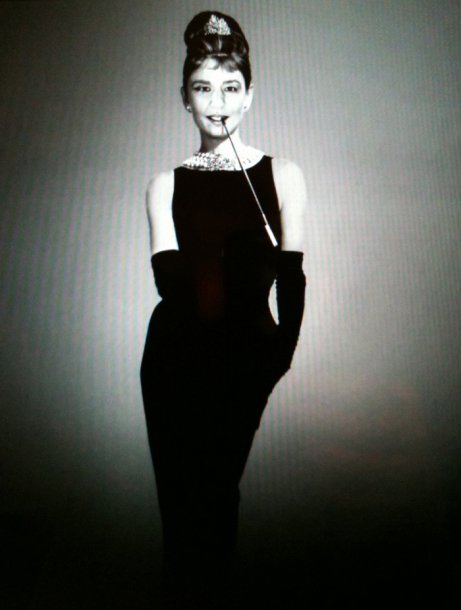Nermine Hammam - Icons
Publicado22 Mai 2012

Nermine Hammam is a rising figure on the Egyptian art scene. She makes figurative works, pulling elements from painting and photography. She was born in Cairo in 1967 and worked with the famous director Youssef Chahine. She was also the production assistant for the film “Malcom X”. For Photomed, Nermine Hammam has selected a set of inconic and symbolic pictures. In the series “Ma’at”, she presents herself in the guise of characters such as Frida Kahlo and Marlène Dietrich, the embodiments of Amazon warriors who have come to restore harmony and peace. In the series “Alchemy”, she embeds her face in famous paintings and photographs, such as Bonaparte by David, or in the image of Johnny Weissmuller as Tarzan. In her series “Uppekha”, she presents young soldiers from the Arab Spring in Egypt standing in front of the idyllic backgrounds of old postcards. This work documents aspects of the war that are often ignored: not just the screams of pain, but as well the fear of teenagers riddled with anxiety. As modern icons, these images shock us and invite us to thinking about the ideology conveyed by the images posing as reality found in advertissements. Nermine Hammam is a militant artist. With her art, she offers a bittersweet reflection on the social and political reality of our time.
Egyptian photography artist, Nermine Hammam, examines the nature and role of the iconic image at the Photomed 2nd edition of the Mediterranean Photography Festival, that runs from May 24 ‐ June 17 2012, at Sanary‐sur‐Mer, Bandol, Ile de Bendor, Toulon, France. As part of this annual group show, Hammam will be exhibiting over 40 images, in the Salle Barthélémy de Don, drawn from four separate series of work: Alchemy (2010), Ma’at (2011), Uppekha (2011) and her latest series, Unfolding (2012). Across these works, Hammam examines the constructed nature of reality and, by extension, that of the iconic image which is fabricated in our collective conscious, achieving a status of near universal recognition and appeal. Each in their own way, her works probe that dual existence of the iconic image as both sign and symbol capable of transcending its initial time‐specific, two‐dimensional state to attain an eternal, quasi‐religious significance becoming an object of worship and of ritual. Hammam’s work also explores the irony of the iconic image that, in its very universality, outlasts both its subject and producer becoming entirely removed from the original events that triggered its creation. In Alchemy (2010) Hammam tackles the iconic image head on. She brings together some of the most iconic images of our time, from Marlyn Monroe to Paul Newman, grafting her own face seamlessly onto the faces of the protagonists depicted. We experience, at once, the pull of recognition and the ‘shock of the strange’ as we examine these famous works only to find the artist looking back at us from every image. Hammam believes that we perceive reality through a series of signs and signifiers drawn from the “underbelly of our collective subconscious.” Alchemy plays with this notion of the constructed nature of perception and points to the role of memory in articulating our experiences of day‐to‐day reality. The work also raises important questions about the artificial nature of religious icons and the belief systems that exist around them. It explores the fabricated nature of identity itself and how we manipulate those aspects of ourselves that we present to others.
